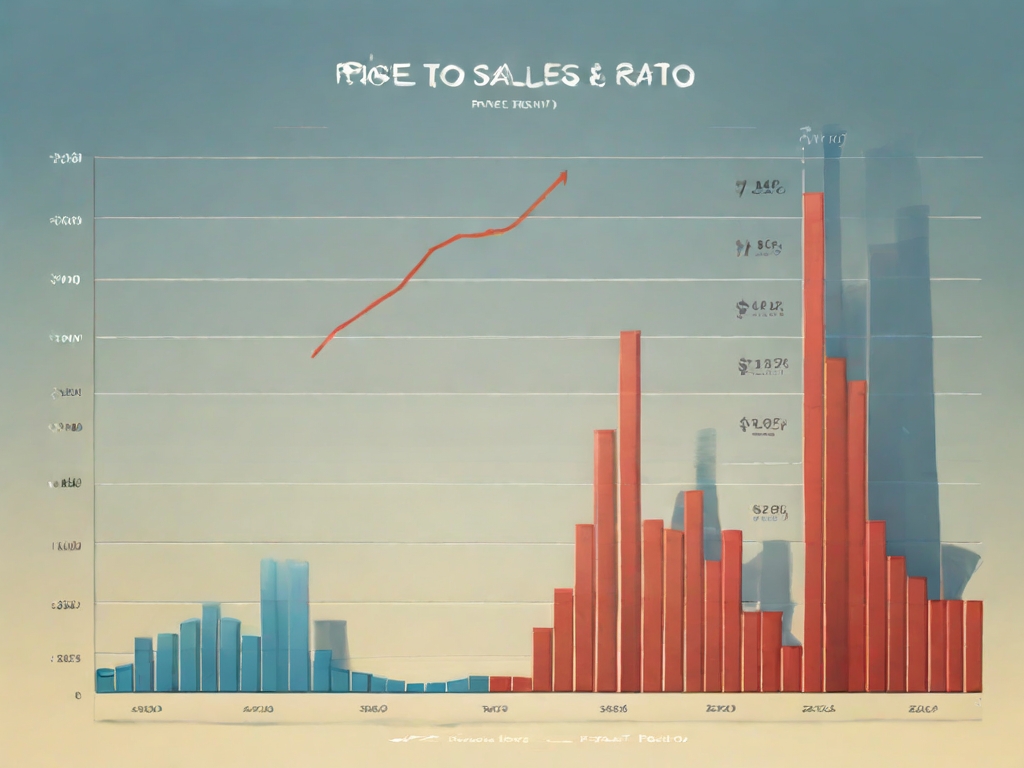
Introduction:
In the vast landscape of financial markets, investors navigate through an abundance of metrics and ratios to gauge the value and potential of their investments. Among these, the Price-to-Sales (PS) ratio stands out as a fundamental tool for evaluating the attractiveness of a company’s stock. In this comprehensive analysis, we delve deep into the significance of the PS ratio, exploring its intricacies, applications, and implications for investors seeking to make informed decisions in the dynamic world of stock markets.

Understanding the PS Ratio:
The PS ratio, often referred to as the Price/Sales ratio, is a valuation metric that compares a company’s market capitalization to its total revenue. It is calculated by dividing the market capitalization of a company by its total sales over a specified period. The resulting ratio offers insights into how the market values the company’s sales relative to its size.

Key Components of the PS Ratio:
To grasp the essence of the PS ratio, it’s essential to dissect its components and understand their significance:
- Market Capitalization: This represents the total value of a company’s outstanding shares in the market. It is calculated by multiplying the current market price of a single share by the total number of outstanding shares.
- Total Revenue: Also known as sales or turnover, total revenue reflects the aggregate amount of money generated by a company through its core business operations within a given period, typically a fiscal year.

Interpreting the PS Ratio:
The PS ratio serves as a valuable tool for investors to assess the market’s perception of a company’s revenue-generating potential relative to its market value. A lower PS ratio implies that investors are paying less for every dollar of the company’s sales, indicating a potentially undervalued stock. Conversely, a higher PS ratio suggests that investors are willing to pay more for each dollar of sales, signaling a potentially overvalued stock.

Applications of the PS Ratio:
The PS ratio finds diverse applications in investment analysis and decision-making processes:
- Identifying Growth Opportunities: A low PS ratio may indicate that a company’s sales are undervalued relative to its market capitalization, presenting an opportunity for investors to capitalize on potential growth prospects.
- Comparing Companies within an Industry: By comparing the PS ratios of companies operating within the same industry, investors can gain insights into relative valuation levels and identify outliers for further analysis.
- Assessing Market Sentiment: Changes in the PS ratio over time can reflect shifts in investor sentiment towards a company or an industry, providing valuable signals for investment decisions.

Limitations of the PS Ratio:
While the PS ratio offers valuable insights, it is essential to acknowledge its limitations and use it in conjunction with other financial metrics for comprehensive analysis:
- Industry Variations: Different industries may have varying average PS ratios, making direct comparisons across sectors less meaningful.
- Ignoring Profitability: The PS ratio does not take into account a company’s profitability or earnings, which are crucial factors in determining its long-term sustainability and growth potential.
- Lack of Context: Isolated use of the PS ratio without considering broader market trends, competitive dynamics, and qualitative factors may lead to incomplete investment decisions.

Case Studies and Real-World Examples:
To illustrate the practical relevance of the PS ratio, let’s explore a few case studies:
- Company A operates in the technology sector with a PS ratio of 3.5, indicating that investors are willing to pay $3.50 for every dollar of the company’s sales. Despite the relatively high PS ratio, Company A demonstrates robust revenue growth and market dominance, making it an attractive investment opportunity.
- Company B, a traditional manufacturing firm, boasts a PS ratio of 0.8, signaling that investors are paying only $0.80 for every dollar of the company’s sales. This undervaluation may be attributed to market skepticism about the company’s ability to adapt to technological disruptions. However, diligent analysis reveals untapped potential in Company B’s niche market and cost-cutting initiatives, making it an undervalued gem for savvy investors.

Conclusion:
The PS ratio serves as a powerful tool in the arsenal of investors, enabling them to assess the market’s perception of a company’s sales performance relative to its market value. By understanding the nuances of the PS ratio and integrating it into a comprehensive investment framework, investors can uncover hidden opportunities, mitigate risks, and make informed decisions in the pursuit of financial success. As with any financial metric, prudent investors should exercise diligence, conduct thorough research, and seek professional advice to maximize the efficacy of their investment strategies.
